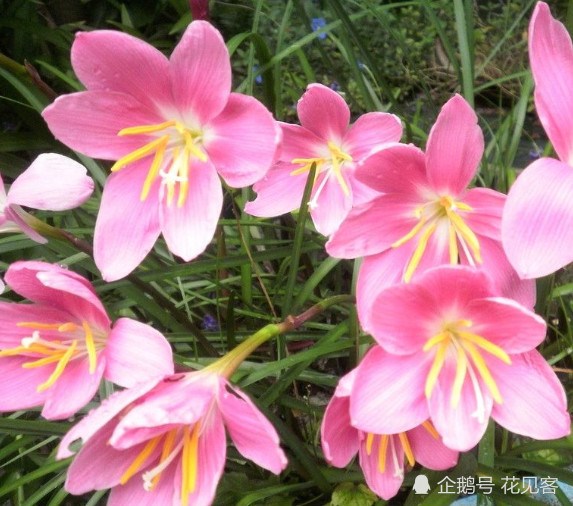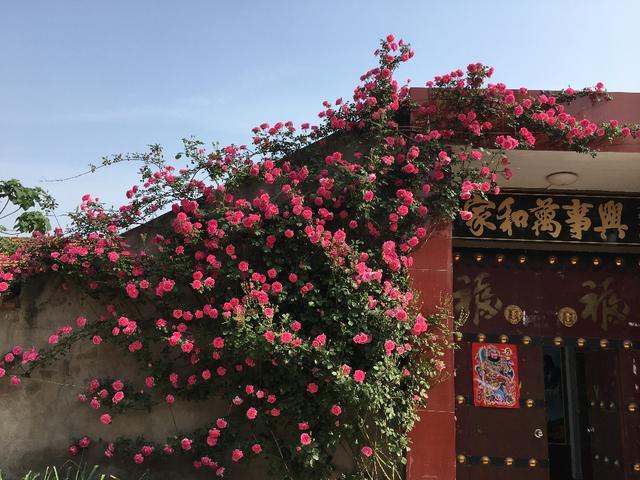Raising succulent plants with coal cinder to prevent soil hardening is easy to use and save money

Cinder is a good choice for succulent plant media because it is readily available and has almost no cost. Coal after high-temperature calcination, almost no bacteria and eggs, can be directly used as granular soil, in addition, the cinder contains a lot of trace elements. Breathable and permeable, the effect is no worse than those blue stone and gold plant stone. For enthusiasts who plant a large number of succulent plants, cinder soil plays a large filling advantage. Some flower friends said that it was particularly troublesome to screen the cinder, not to mention that there was dust everywhere in the house, which made it more tiring to clean up. Here to teach you a method, can be crushed in the water, water cinder will not be dusty.
For the medium of planting succulent plants, cinder is a common medium and is generally accepted. If there is any dispute, it probably lies in whether cinder cultivation is that good and how good it is. Here is a brief description of the advantages and disadvantages of cinder planting for friends to choose from. The advantages of coal cinder are breathable and permeable, and its use effect is no worse than that of blue stone, light stone or phytolith; it contains a lot of trace elements, such as iron oxide, calcium oxide, magnesium oxide, etc.; it contains a large number of media needed for the cultivation of succulent plants such as burned pebbles and loess, and the medium reduced to almost zero cost, especially for those enthusiasts who grow a lot, play a large number of filling advantages. After high temperature combustion, there was almost no bacterial residue.
Cinder disadvantage is after combustion, the production of sulfur and other things, so that its alkalinity is relatively large, then it is better to use after soaking water treatment. Sometimes, some honeycomb coal is not fully burned, resulting in more black particles produced during screening. This kind of honeycomb coal had better be picked up manually and abandoned. In some areas, the cinder is strongly alkaline, which needs to be soaked in water and neutralized. If it is used directly without screening, the dust is too much. If it is used directly with soil, sometimes the root system will cause the plant to rot or rot because of the impermeable medium. Sometimes after the medium is thoroughly dry, and then watered, you will find a particularly fatal problem, that is, the water cannot eat through the medium at once, and when the water floats on the surface of the medium, the sludge produced will be splashed everywhere. Personal advice or after screening out a reasonable size of particle size, after screening, it is best to rinse with water and dry.
Therefore, the cinder must be watered before use, because if there is too much dust, if it is used directly with the soil, the roots of the plants may rot because they are airtight. In addition, sometimes when the medium is dry and then watered, you will find a particularly troublesome problem. The water cannot eat through the medium all at once. At this time, the water floats on the surface of the medium, and the resulting sludge will be splashed everywhere. The cinder still has to be screened through a sieve to find out the right size for reuse. One part of the cinder I sifted out is about 1mm and 3mm, and the other part is 3mm and 6mm.
It is recommended to choose those well-burnt cinders, which are a little red and rough in the middle from the appearance, and some places are black after those unburnt coal cakes are knocked open, so they are not suitable for use. Sometimes our soil is easy to harden, and the cinder mixed in the soil acts as a dispersion of the soil, that is, it is not easy for the soil to stick together. Keep the soil loose all the time. This can improve the water permeability and air permeability of soil. When this physical property of the soil is improved, the root system of the plant will be developed, and the succulent plant will naturally grow well.
Here is a gathering place for succulent plant lovers, sharing succulent maintenance skills, welcome to follow and exchange.
- Prev

This flower looks like Lanfei orchid blooming very beautiful. do this step and keep blooming.
Like the orchid, this flower is the wind and rain orchid, belongs to the perennial herb, although also takes the orchid word, but is not the orchid family, like the gentleman orchid, Phalaenopsis, the wind and rain orchid grows into a clump, the leaf is linear, resembles leek, evergreen all the year round, flower.
- Next

The fastest-growing wall-climbing plant can grow 5 meters a year and blossom in four seasons, wall, column and arch first choice.
Guide green potted plants is a necessary embellishment of home life, raising some flowers and plants at home, many benefits, not only can beautify the room, but also happy mood. Huasheng potted Diary No. 1160 takes you to know one of the fastest growing lianas.
Related
- Wuhan Hospital Iron Tree Blooming Result Was Instantly Frightened by the Gardener Master
- Which variety of camellia is the most fragrant and best? Which one do you like best?
- What is the small blue coat, the breeding methods and matters needing attention of the succulent plant
- Dormancy time and maintenance management of succulent plants during dormancy
- Minas succulent how to raise, Minas succulent plant pictures
- What are the varieties of winter succulent plants
- How to raise succulent plants in twelve rolls? let's take a look at some experience of breeding twelve rolls.
- Attention should be paid to water control for succulent plants during dormant period (winter and summer)
- Watering experience of twelve rolls of succulent plants
- Techniques for fertilizing succulent plants. An article will let you know how to fertilize succulent plants.

